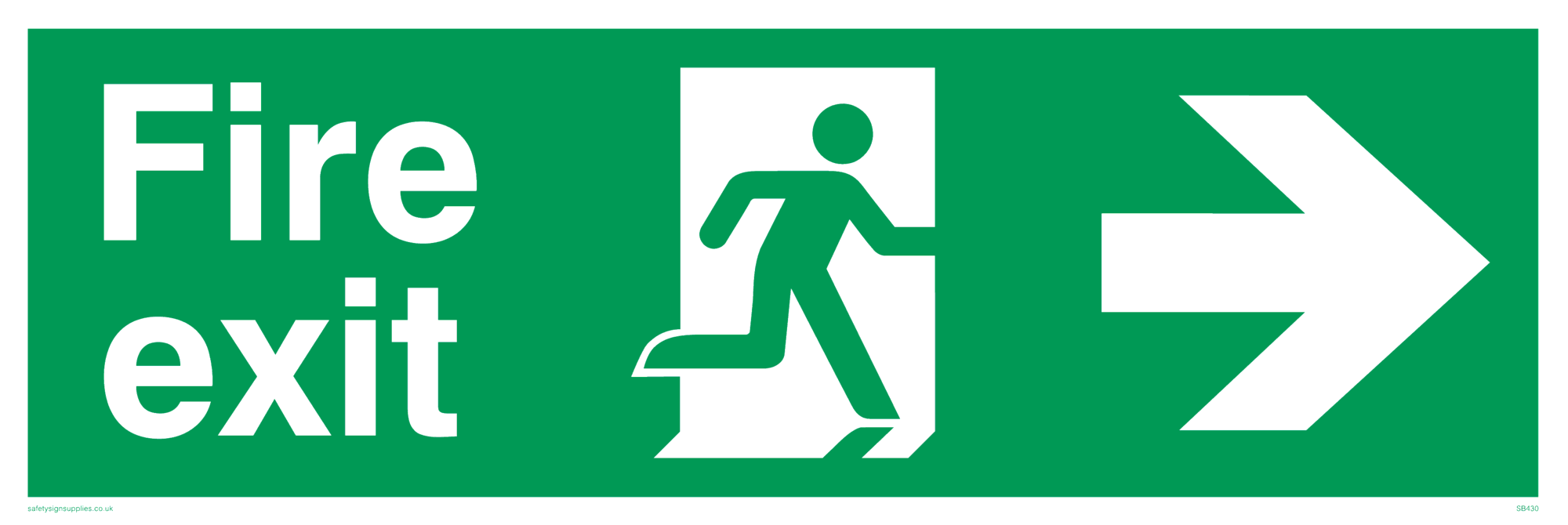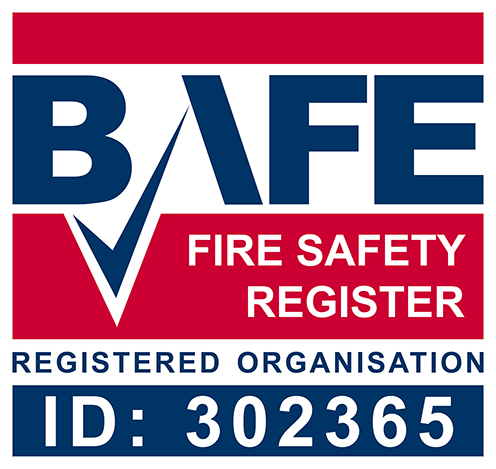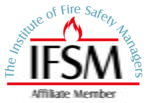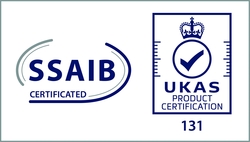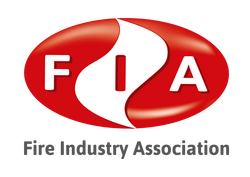Knowing what fire safety signs to install in your building isn’t quite as straightforward as you think. So how do you get it right?
There are various fire safety signage regulations, which vary from building to building, and it depends on the layout, means of escape and the type of fire precautions and policies you have in your building.
The easiest way to identify fire safety signage requirements in your building is to have a fire risk assessment carried out – this is a legal requirement under The Regulatory Reform (Fire Safety) Order 2005.
The Health and Safety (Safety Signs and Signals) Regulations 1996 covers the provision of fire safety signs that are required in a workplace. These regulations apply to all places of work covered by the Health and Safety at Work etc Act 1974. All safety signs are required to comply with these Regulations. The regulations cover various means of communicating health and safety information.
Fire safety signs are divided into categories according to the type of message they are intended to convey. Each category is assigned a specific format and set of colours. Detailed specifications such as relative dimensions and the permitted relative proportions of colours are given in BS 5499.
The most common fire safety signs are shown below. Whilst the examples shown do not cover every option, they provide basic guidance:
| Type | Purpose | Colour | Example |
| SAFE CONDITION SIGNS | Fire Exit/Escape Route | Green with white symbol/text | 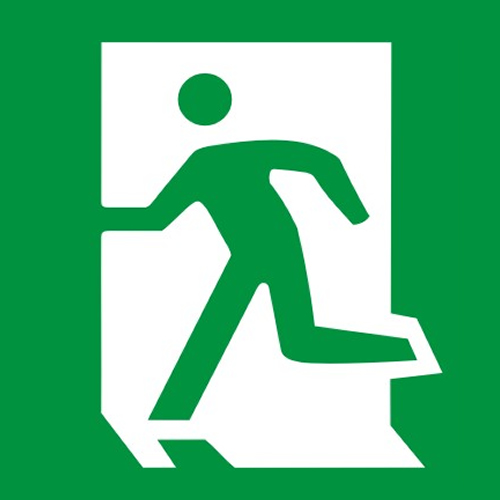 |
| FIRE EQUIPMENT SIGNS | Indicate location of fire equipment | Red with white symbol/text | 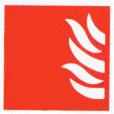 |
| PROHIBITION SIGNS | Prohibit actions detrimental to safety | Black graphical symbol on white circle within red band and crossbar | 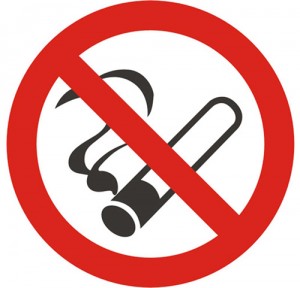 |
| MANDATORY SIGNS | Provide instruction e.g.
Fire Escape Keep Clear Fire Door keep Shut |
Blue with white symbol/text |  |
| FIRE ACTION INFORMATION SIGNS | Outline procedure on discovering fire and hearing the alarm | Blue text on white background with advice in blue and red | 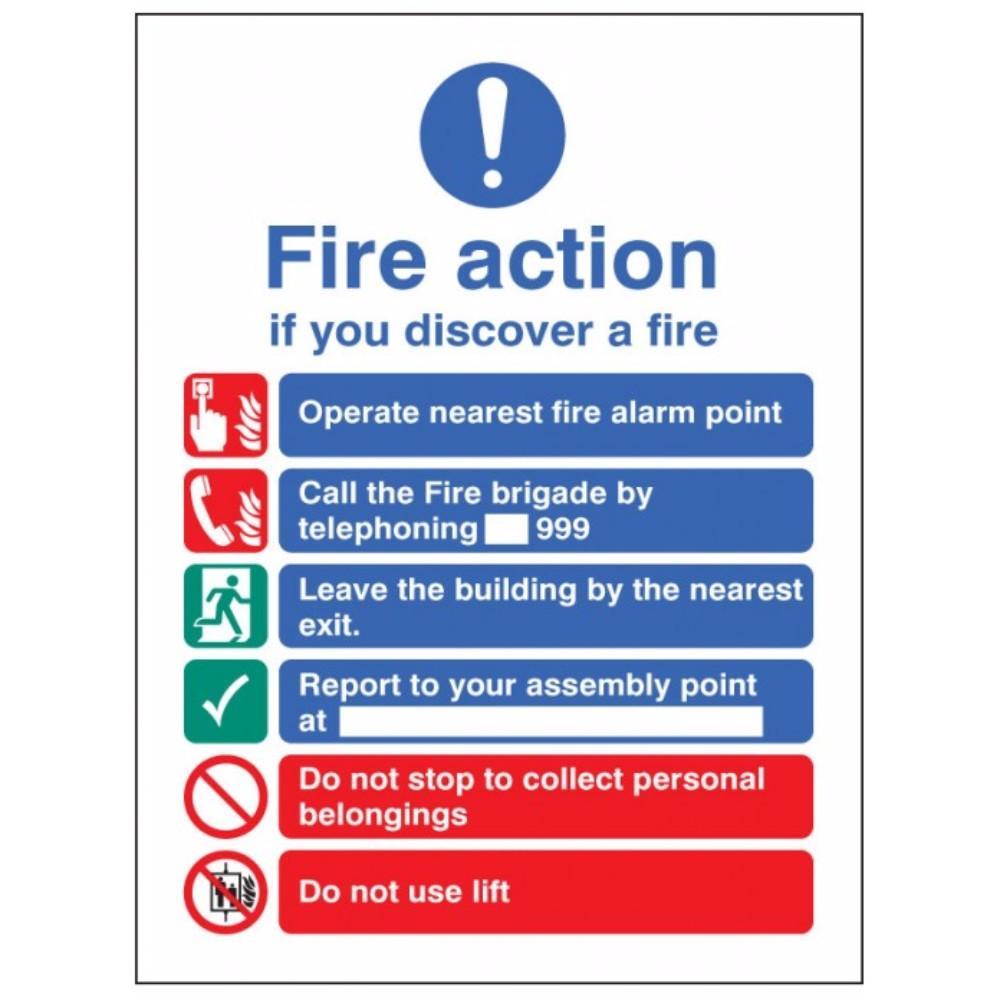 |
Safe Condition Signs
These signs should be used to indicate escape routes, emergency exits, first aid equipment, emergency showers and the like. In the same way, as for mandatory signs, some UK fire safety signs in this category are not required by the Health and Safety (Safety Signs and Signals) Regulations 1996. For example, “PUSH BAR TO OPEN” is not required to comply and there is no pictogram with that meaning. Such signs are still needed for compliance with fire risk assessment and in some cases the Health and Safety At Work Act 1974.
Safe condition signs consist of a green rectangle or square with the pictogram or text in white positioned centrally.
Exit Signs
To comply with the requirements of the Building Regulations 1991, every doorway or other exit providing access to a means of escape, other than exits in ordinary use, should be provided with an exit sign. Installation of signs conforming to British Standard 5499 will satisfy both the Building Regulations 1991 and the Health and Safety (Safety Signs and Signals Regulations) 1996.
In general, these Regulations will not require any changes where existing fire safety signs contain symbols that comply with BS 5499. This is because the signs in BS 5499, although different in detail to those specified in the Regulations, follow the same basic pattern and are therefore considered to comply with the Regulations.
Provision of Exit Signs
The regulations place a duty on employers to ensure that safety signs are provided in circumstances where the risk to the health and safety of employees, identified through the risk assessment requirement contained in the Management of Health and Safety at Work Regulations 1992 cannot be entirely, engineered or managed out of the workplace. It should be noted that the Regulations do not require safety signs to be used where there are no significant risks to the health and safety of employees. The issue which then requires to be resolved is whether it is necessary to indicate exits with signs. In arriving at a decision the fundamental issue which will underpin the process is whether the risk of injury or death to employees from a fire within a particular premises is deemed to be significant enough to warrant the provision of signs indicating fire exit routes and final exits. If it is deemed that the risk is not significant then there is no need to install the signs.
Thus, for example, a small, single storey premises with one clearly visible exit should not require a fire exit sign because it would be obvious to staff that the door is their only means of access/egress and hence there should not be a significant risk to their health and safety from fire by not signing the door as an exit.
However, those buildings with more complex internal layouts incorporating multiple exits, some of which may not be readily visible nor frequently used, or where large numbers of the public congregate, will require fire exit signs, complete with directional arrows where necessary if there is a significant risk of individuals not being able to find their way to a place of safety in the event of a fire.
Fire Equipment Signs
These signs are used to mark the location of firefighting equipment and fire alarm activation points. However, where possible, fire equipment should be positioned where it is clearly visible. The Health and Safety (Safety Signs and Signals) Regulations 1996, require red to be used as the identifying colour for firefighting equipment. If the equipment itself is red this will satisfy the requirement. Where it is not red then highlighting the position of firefighting equipment by colouring the background behind the equipment red may be enough to comply.
Provision of firefighting equipment signs
The same general process outlined above applies to this section. Again, it is assumed that because there is a possibility of a fire occurring in the premises then firefighting equipment will be needed. Whether this equipment is also required to be identified using a sign will depend on the physical environment in which the fire risk assessment takes place. In other words, the features of the workplace, the activities carried out there and any other circumstances deemed to be pertinent must be taken into account. For example, in a building where the internal layout is such that the extinguishers provided are clearly visible to employees, there should not be a requirement to further indicate the position of the firefighting equipment with a sign, or by colouring the background red.
Alternatively, in more complex building layouts, for example where it is not always possible to ensure that fire extinguishers are in the line of sight of employees, for example, due to the nature of the work process or where hose reels are installed within cabinets or where firefighting equipment is contained within recessed fire points then it would be pertinent to provide signs indicating the position of the equipment complete with directional arrows where applicable. It is important to highlight that the process by which a decision is reached regarding the necessity or otherwise of providing firefighting equipment signs should be based on whether a significant risk exists as a consequence of the particular location of such equipment. If it is deemed that a significant risk does not exist then there is no requirement to provide the signs.
Prohibition Signs
These signs should be used to convey “Do Not” type commands. For example, to indicate that smoking is not allowed or where a particular material reacts dangerously with water, the “Water should not be used” sign. In the workplace, they should be used to reinforce instructions prohibiting dangerous activities and are required by the Health and Safety (Safety Signs and Signals) Regulations 1996. Such instructions, however, should also form part of the employee’s training.
Mandatory Signs
These signs should be used to indicate actions that must be carried out to comply with statutory requirements. For example, an area of a construction site where hard hats should be worn should have appropriate signs at the entry points and self-closing fire doors that must be kept closed, to comply with a fire risk assessment, should be labelled with “FIRE DOOR KEEP SHUT” signs.
It should be noted that the Health and Safety (Safety Signs and Signals) Regulations 1996 do not apply to mandatory fire instructions but do apply to health and safety mandatory signs where pictograms are required. The minimum requirement is for the sign to include an appropriate pictogram and there are no pictograms for fire safety instruction signs.
Although mandatory in the UK through inclusion in the requirements of most fire risk assessments, such signs are not considered as health and safety signs within these Regulations. Thus, the familiar white-on-blue fire safety mandatory signs using text only will remain in place and will not have to be changed.
Fire Action Notices
List actions that occupants must carry out in the event of a fire are, by convention, written as white text on a blue background but not in the circular format. The colours are used to convey the mandatory nature of the instructions but because of the amount of text normally needed a rectangular format is used. The general mandatory sign of a white exclamation mark on a blue circle may be used in conjunction with a fire instruction notice.
The best and easiest way to identify the fire safety signage requirements in your building is to have a fire risk assessment completed by a competent professional.
Pyro Fire Services carries out fire risk assessments for all types of buildings and will provide specific information as to the type and locations of fire signage you need. Contact us for more information.
Not sure where to start?
Speak to our teamKey accreditations
We’re on a mission to mitigate risk by pioneering new standards in competence and technology to protect more buildings and people. Maintaining our key accreditations are just one of the ways we do this.

